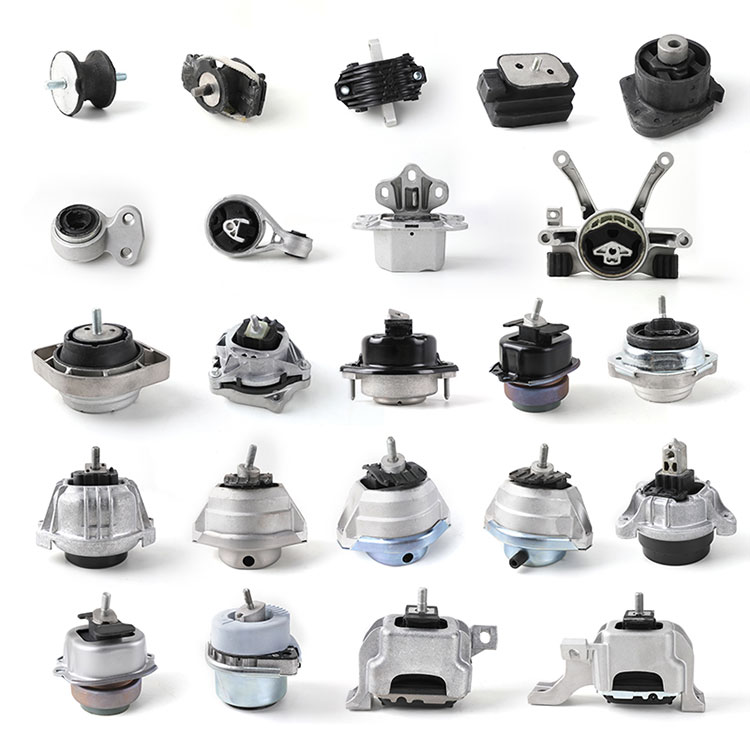Auto Engine Systems: The Powerhouse Behind Modern Vehicles
2025-05-20
An automobile is more than just wheels and metal—it’s a complex machine driven by one of its most critical components: the auto engine system. Often referred to as the "heart" of a vehicle, the engine system converts fuel into mechanical energy, powering everything from compact cars to heavy-duty trucks. Understanding auto engine systems is essential for manufacturers, mechanics, and drivers alike.

What Is an Auto Engine System?
An auto engine system refers to the integrated components responsible for generating and managing the power needed to move a vehicle. It includes not only the engine block but also auxiliary systems such as fuel injection, ignition, exhaust, cooling, and lubrication systems. Together, these elements ensure optimal performance, efficiency, and longevity of the vehicle.
Key Components of Auto Engine Systems
1. Engine Block
The core structure where combustion takes place, housing pistons, cylinders, and crankshafts.
2. Fuel System
Delivers fuel to the combustion chamber. Modern systems often use electronic fuel injection for improved precision and efficiency.
3. Ignition System
Sparks the air-fuel mixture to ignite combustion. This includes spark plugs, coils, and control units.
4. Cooling System
Maintains optimal engine temperature using coolant, a radiator, and a water pump to prevent overheating.
5. Lubrication System
Ensures all moving parts are properly oiled to reduce friction and wear.
6. Exhaust System
Directs and filters exhaust gases through components like the catalytic converter and muffler.
7. Electronic Control Unit (ECU)
The brain of the engine system, managing and adjusting operations for performance, emissions, and fuel economy.
Types of Auto Engine Systems
Internal Combustion Engines (ICE): The most common, powered by gasoline or diesel.
Hybrid Engine Systems: Combine traditional combustion with electric motors to enhance efficiency and reduce emissions.
Electric Powertrains: Although not combustion engines, electric motors and battery systems represent the future of auto propulsion.
Turbocharged Engines: Use a turbocharger to increase engine power without increasing engine size.
Advances in Engine Technology
Modern auto engine systems are evolving rapidly, with innovations such as:
Variable Valve Timing (VVT) for better fuel efficiency
Direct fuel injection for more precise fuel delivery
Start-stop systems to reduce idling emissions
Cylinder deactivation to conserve fuel during low-load driving
AI-based ECU tuning for adaptive performance
Importance of Engine Maintenance
Proper maintenance of the engine system is vital for:
Fuel efficiency
Emission control
Prolonged engine life
Reliable performance
Routine oil changes, air filter replacements, spark plug inspections, and regular diagnostics can prevent costly engine failures.
Conclusion
The auto engine system is the driving force that brings vehicles to life. As technology progresses, engines are becoming more intelligent, efficient, and environmentally friendly. Whether you’re a driver who appreciates smooth performance or a technician who keeps engines running, understanding the intricacies of auto engine systems is key to unlocking their full potential.


